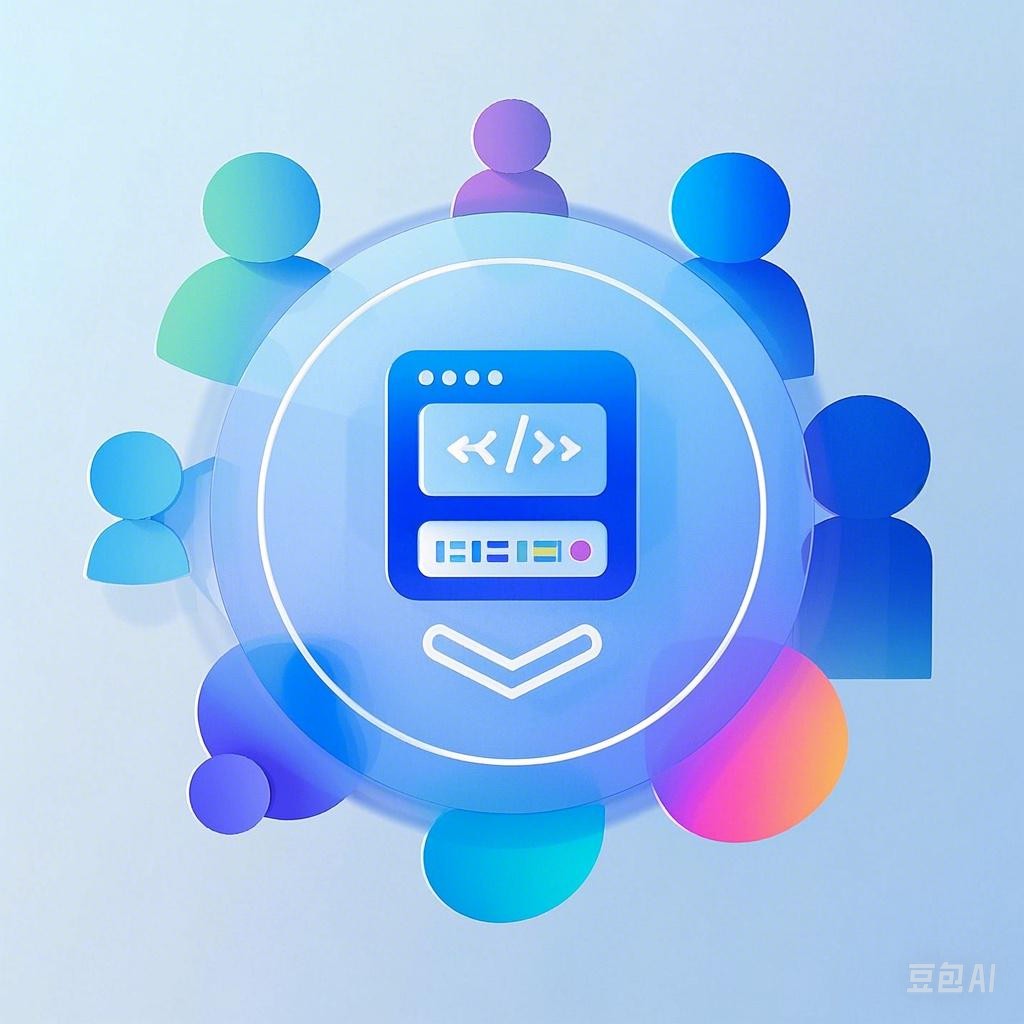在编程领域,新技术、新框架和新语言层出不穷,社区中的热点动态更是纷繁复杂。本文将深入解析当前编程社区的热点话题,帮助读者了解最新的技术趋势和行业动态。
一、人工智能与机器学习
1.1 深度学习框架更新
近年来,深度学习在各个领域都取得了显著的成果。以TensorFlow和PyTorch为代表的深度学习框架不断更新,引入了更多高效实用的功能。
TensorFlow 2.0
TensorFlow 2.0 引入了Eager Execution,使得模型构建和训练更加直观。此外,TensorFlow 2.0 还提供了Keras API,简化了模型搭建过程。
import tensorflow as tf
model = tf.keras.Sequential([
tf.keras.layers.Dense(10, activation='relu', input_shape=(32,)),
tf.keras.layers.Dense(1, activation='sigmoid')
])
model.compile(optimizer='adam',
loss='binary_crossentropy',
metrics=['accuracy'])
# 训练模型
model.fit(x_train, y_train, epochs=10)
PyTorch 1.5
PyTorch 1.5 引入了DistributedDataParallel,使得模型训练更加高效。此外,PyTorch Lightning 的推出,进一步简化了模型训练流程。
import torch
import torch.nn as nn
from torch.utils.data import DataLoader, TensorDataset
# 定义模型
class Net(nn.Module):
def __init__(self):
super(Net, self).__init__()
self.fc = nn.Linear(32, 1)
def forward(self, x):
return self.fc(x)
# 训练模型
model = Net()
criterion = nn.BCELoss()
optimizer = torch.optim.Adam(model.parameters(), lr=0.001)
for epoch in range(10):
for data, target in DataLoader(TensorDataset(x_train, y_train), batch_size=32):
optimizer.zero_grad()
output = model(data)
loss = criterion(output, target)
loss.backward()
optimizer.step()
1.2 自动驾驶技术
自动驾驶技术是人工智能领域的热点之一。随着算法和硬件的不断发展,自动驾驶技术逐渐走向商业化。
自动驾驶技术架构
自动驾驶技术架构主要包括感知、决策和控制三个层次。
- 感知层:利用摄像头、雷达、激光雷达等传感器获取周围环境信息。
- 决策层:根据感知层获取的信息,进行路径规划和决策。
- 控制层:根据决策层的结果,控制车辆行驶。
二、前端开发
2.1 Vue 3.0 发布
Vue 3.0 是 Vue.js 社区期待已久的新版本。与 Vue 2.x 相比,Vue 3.0 在性能、易用性和可维护性方面有了显著提升。
Vue 3.0 新特性
- Composition API:提供更灵活的组件构建方式。
- Teleport:实现组件间的动态通信。
- Suspense:解决异步组件加载问题。
<template>
<div>
<Suspense>
<template #default>
<AsyncComponent />
</template>
<template #fallback>
<div>Loading...</div>
</template>
</Suspense>
</div>
</template>
2.2 React Hooks
React Hooks 是 React 16.8 引入的新特性,它允许你在不编写类的情况下使用 state 和其他 React 特性。
import React, { useState } from 'react';
function App() {
const [count, setCount] = useState(0);
return (
<div>
<p>You clicked {count} times</p>
<button onClick={() => setCount(count + 1)}>
Click me
</button>
</div>
);
}
三、后端开发
3.1 Go 1.15 发布
Go 1.15 是 Go 语言的新版本,它带来了许多新特性和改进。
Go 1.15 新特性
- Module Graph of the Future:优化模块依赖管理。
- Concurrency and Performance Improvements:提升并发性能。
- HTTP/2 Server Push:支持 HTTP/2 服务器推送。
package main
import (
"net/http"
"log"
)
func main() {
http.HandleFunc("/", func(w http.ResponseWriter, r *http.Request) {
w.Write([]byte("Hello, world!"))
})
log.Fatal(http.ListenAndServe(":8080", nil))
}
3.2 Spring Boot 2.3 发布
Spring Boot 2.3 是 Spring Framework 的新版本,它提供了更多开箱即用的功能。
Spring Boot 2.3 新特性
- Actuator 2.3:提供更多监控和管理功能。
- Reactive WebFlux 5.0:支持响应式编程。
- JPA 2.3:支持新的 JPA 功能。
import org.springframework.boot.SpringApplication;
import org.springframework.boot.autoconfigure.SpringBootApplication;
import org.springframework.web.bind.annotation.GetMapping;
import org.springframework.web.bind.annotation.RestController;
@SpringBootApplication
@RestController
public class DemoApplication {
public static void main(String[] args) {
SpringApplication.run(DemoApplication.class, args);
}
@GetMapping("/hello")
public String hello() {
return "Hello, world!";
}
}
四、总结
编程社区的热点动态涵盖了人工智能、前端开发、后端开发等多个领域。了解这些热点动态,有助于我们把握技术发展趋势,提升自身技能。本文对当前编程社区的热点动态进行了全解析,希望对读者有所帮助。
